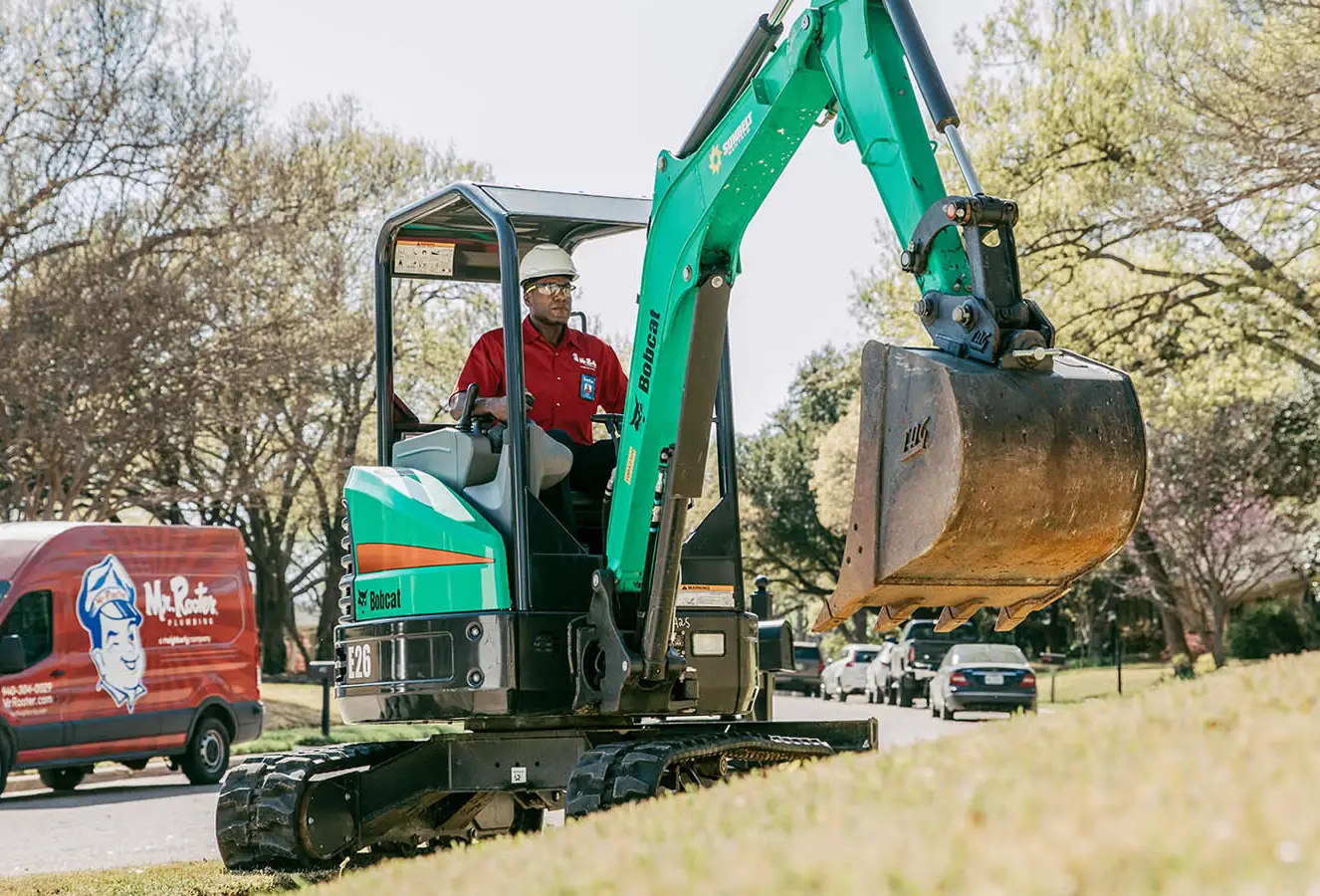Call Us This Tuesday to Get $50 Off
Ratings based on 584 reviews
Great Plumbers, Great Reviews
339 B Rockland Rd, Hendersonville, TN 37075
Call Us This Tuesday to Get $50 Off
Ratings based on 584 reviews
Great Plumbers, Great Reviews
339 B Rockland Rd, Hendersonville, TN 37075
If your shower feels more like a bath in lava or an unexpected splash of Arctic water, your water heater’s temperature settings may be off. Whether you’re doing this as part of regular maintenance or because your water just isn’t right, checking the temperature only takes a few minutes. Mr. Rooter Plumbing reminds homeowners that small steps like this can make a big difference in home comfort.

Your water heater should be set just right—not too hot, not too cold. The recommended setting for most homes is 120°F. This temperature is hot enough to clean dishes and kill bacteria, but not so hot that it causes burns.
If your water is hotter than it needs to be, you might be wasting energy and risking scalding. If it’s too cold, you might not be killing germs properly or getting that nice warm shower you were hoping for. Setting it correctly helps keep your home safe and your energy bill in check.
Start by locating your water heater. Most homes have either a gas or an electric unit. It’s often found in a basement, garage, laundry room, or utility closet.
Before doing anything, always make sure the area is safe. Inspect the area for any leaks or signs of rust. If you see water pooling or signs of damage, stop and call a plumbing repair service. It’s not safe to proceed with the inspection if something appears to be wrong.
One of the easiest ways to check your water temperature is to use a thermometer and test the hot water from your tap.
If it reads over 120°F, it’s too hot. If the temperature is under 110°F, you may need to increase it. Either way, knowing the temperature helps you decide if a change is necessary.
Once you know your current water temperature, it’s time to adjust the heater if needed. The method depends on the type of water heater you have.
Remember to always turn off the power to the heater before opening the panel. Safety first!
If your water heater isn’t heating properly, even after adjusting the settings, or if the water temperature changes quickly without reason, you may need water heater repair. These could be signs of a malfunctioning thermostat, sediment buildup, or an aging unit that requires attention.
A professional plumber can inspect the heater, clean it if needed, and make any repairs to get it back in top shape. Mr. Rooter Plumbing has helped many homeowners with issues just like this and can offer quick, helpful service when needed.
Keep an eye out for these signs that your water heater might be in trouble:
If you notice any of these issues, don’t wait. A trusted plumbing repair service can help resolve small issues before they escalate into larger, more costly problems. Mr. Rooter Plumbing always recommends regular maintenance checks for this reason.
A little care goes a long way. Besides checking the temperature, you can help extend your water heater’s life by:
Sticking to a regular maintenance schedule can help avoid sudden breakdowns or costly water heater repair work. Mr. Rooter Plumbing offers guidance on all these tasks and more to help homeowners feel confident in caring for their system.
Now that you know how to check your water heater’s temperature, give it a try. It only takes a few minutes, but it can have a significant impact on the safety and comfort of your home. If you find something unusual or your water heater still doesn’t feel right, don’t hesitate to call a plumber for help. Mr. Rooter Plumbing is always here with support, advice, and expert repair when you need it.
If your shower feels more like a bath in lava or an unexpected splash of Arctic water, your water heater’s temperature settings may be off. Whether you’re doing this as part of regular maintenance or because your water just isn’t right, checking the temperature only takes a few minutes. Mr. Rooter Plumbing reminds homeowners that…
Read MoreIs your sink taking forever to drain? Slow-draining water could be a sign of a clog deep in the pipe. Before you call in a plumber, there’s a handy tool you can try at home—a drain snake! Mr. Rooter Plumbing recommends trying it before scheduling a full plumbing repair service. A drain snake, also…
Read More 30May
30May
Plumbing issues always seem to happen unexpectedly at the worst possible times. One day your sink is draining just fine; the next day, you’re standing ankle-deep in water. While many of us cross our fingers hoping things will go according to our wishes, the reality is that regular maintenance is what can guarantee that peace…
Read More 30May
30May
Water leaks are more than some wasted water and noise disrupting your beauty sleep. They can cost you hundreds of dollars in utility bills and thousands of dollars in water damage repair. While annual plumbing inspections typically involve a leak detection, property owners should remain vigilant for signs of trouble year-round. In this brief…
Read More